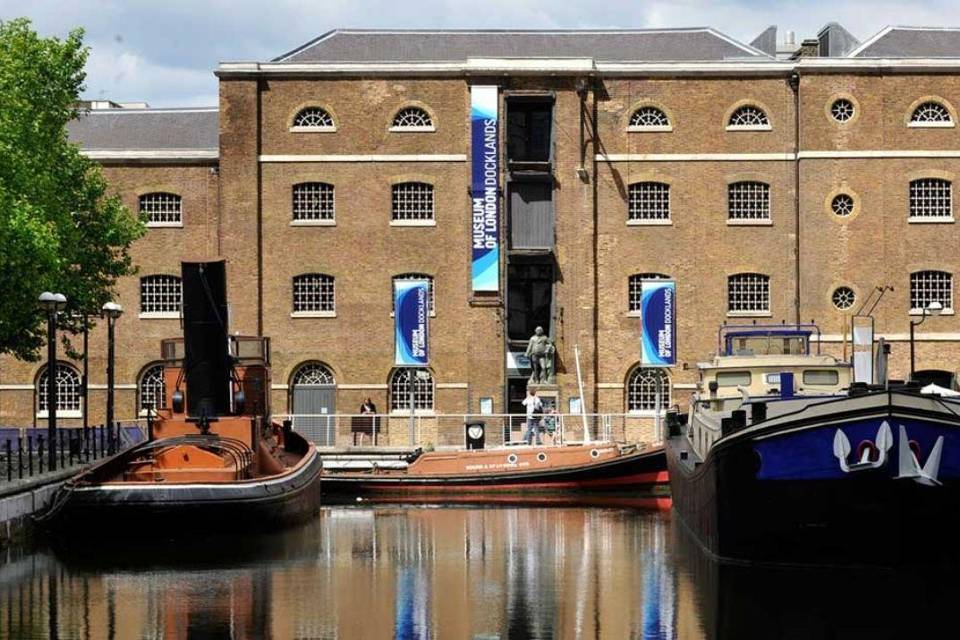 Museum of London Docklands (Photo: visitgreenwich.org.uk)
Museum of London Docklands (Photo: visitgreenwich.org.uk)
The Museum at the Docks
“The river has great wisdom and whispers its secrets to the hearts of men.” – Mark Twain
The Museum of London Docklands opened in 2003 to narrate the story of the River Thames, the growth of the Port of London, and the historical link of the area to the Atlantic slave trade.
Unfortunately, this lovely museum is not on the usual tourist path. My visit was deliberate due to my interest in the Secret Rivers exhibition, which explored the hidden watercourses of the city, and I was hoping to find inspiration for a related study. I was also fortunate to be in London on the last week of June 2019 as the exhibit was only up until October.
Through archaeological artifacts, art, photography, and film, the Secret Rivers exhibit portrayed the River Thames and its tributaries not merely as waterways. Instead, it showcased how these rivers have played a role in the city’s imaginations. Particular local histories of the hidden rivers of Effra, Fleet, Neckinger, Lea, Wandle, Tyburn, Walbrook, and Westbourne were featured, each one projecting broader themes of poverty, industry, development, restoration, and the sacred.
“A river doesn’t just carry water, it carries life.” (Amit Kalantri)
Likewise, the Pasig River was the lifeline and center of the economic activity of Manila. Some of the most prominent kingdoms in early Philippine history developed along its riverbanks, drawing their life and source of wealth from it. When the Spaniards established Manila as the capital, they built Intramuros on the southern bank of the Pasig River.
Throughout history, the river was a source of transportation, water, food, and livelihood for many Manila residents. Moreover, it is a repository of memories, as it documents an intangible heritage of boat faring and fluvial processions, economy and faith.
A fluvial procession, usually organized on the last day of a novena, is a celebration of a Marian feast or the anniversary of a saint, along the river where people work or reside. No longer as frequent, this tradition has persisted up until this decade.
In 2010, the Department of Tourism (National Capital Region) with the parishes of Mandaluyong, Marikina, and Sta. Ana, Manila, organized a fluvial procession along Pasig River for their common patroness, Our Lady of the Abandoned. In 2015, a fluvial procession for the Santo Niño de Cebu was conducted in Manila for the first time. In 2017, a fluvial procession in honor of the Our Lady of Mount Carmel was witnessed.
To continue the practice and increase community participation, the livelihood and faith of the people should be made an integral part of any discussion in urban planning. Needless to say, the Pasig River must be rehabilitated in order to support and promote the livelihood of a segment of the population who still relate to the river for their subsistence or as an access to their means of transportation.


No Comments